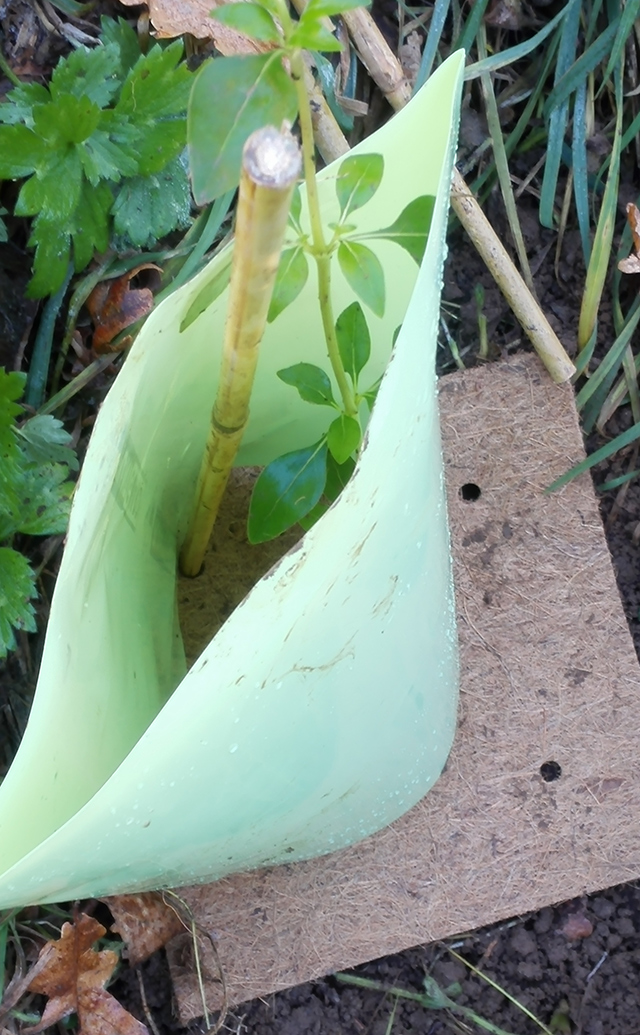I planted this leccino olive tree in a big hole filled with compost and leaf mould, backfilled with soil, watered and then mulched. It is supposed to be a variety suited to most of New Zealand and cold tolerant (we don’t get heavy frosts here in Lyttelton, but it can get below zero on a few nights in winter). It is often used to produce oil, but I’d be happy to get a few olives I could brine. Some day.
New Zealand Garden Diary: Planting a Feijoa Tree
Feijoas are an iconic New Zealand fruit tree, even though they are native to South America. The fruit looks a little like a kiwi, but tastes more floral, perfumey even. I love to add one to an apple crumble, as they are quite potent. They are great to chop up and add to kombucha in the secondary fermentation. I’m also looking forward to using them in smoothies.
As for the fig tree, I dug a big hole, added compost and leaf mould, planted Fiona the feijoa, back filled with soil and watered. She shouldn’t get as big as a fig tree, so I didn’t line this hole with anything.
New Zealand Garden Diary: Planting a Fig Tree So That it Won't Grow too Much
I dug a big hole, lined the bottom and sides with ceramic tile pieces (left over from the rebuild of the back of the house) and added compost and leaf mould. Then I planted Fred the fig, back filled with soil and watered. He is growing happily so far and we’ll see how big he gets.
Planting Day at Living Springs
Planting team with Anna from Living Springs (photo by Morgan Coleman of Conservation Volunteers), who was the only one who dared not to wear a hi-vis vest. Surprisingly, she survived the morning.
On Saturday morning I headed down the road to the bottom of Lyttelton Harbour, where Living Springs farm is. I was the only volunteer who wasn't associated with the English school, so I did my best to teach the other volunteers English English and not what passes for English in New Zealand...;_)
We planted natives, including flax that grows as big as the mature specimen seen at right
Each plant was protected from wind and wildlife using canes, a plastic sleeve and coconut fibre matting that also acts as a mulch.







